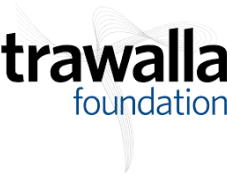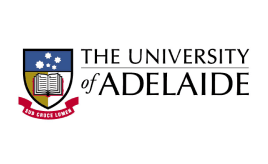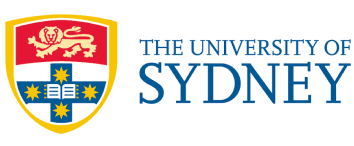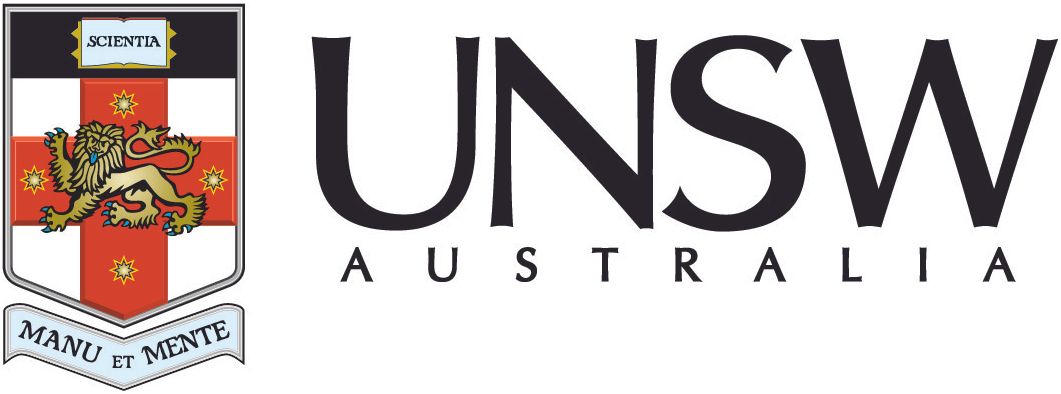Last chance for the dragon: Governments must uphold commitments to save Victoria’s most imperilled reptile

Victorian grassland earless dragon. Image: Peter Robertson
Media Release
12 June 2025
West of Melbourne, the rollout of housing is pushing a rare dragon to extinction due to failures by the Victorian and Australian Governments.
A new report by the Biodiversity Council, Delivering houses and saving dragons, reveals that both governments are falling short of their legal and moral obligations to protect the Critically Endangered reptile and its rare grassland habitat.
The dragon is a small lizard only ever found in grasslands between Melbourne and Geelong, and uses spider and other burrows for shelter. There is only one known wild population, and it is on private land that was partly slated for development.
It could become extinct in the wild within years, according to the independent expert group founded by 11 universities.
They have laid out the steps needed to prevent the species from becoming extinct in the wild and are calling on the Australian and Victorian Governments to urgently act.

“This is a litmus test for our environmental laws,” said report co-author Biodiversity Council Lead Councillor Sarah Bekessy, who is a Professor of Sustainability and Urban Planning at RMIT University.
“We can build the homes communities need and prevent the extinction of this species, but that requires governments to uphold their own policies and commitments and work with experts—so far, that’s not happening.”
“The dragon lives only in the last fragments of Melbourne’s native volcanic plains grasslands—an ecosystem of which just 2% remains, and that is still under intense pressure from urban growth.
“In 2010, the Victorian Government made commitments to the Australian Government in the Melbourne Strategic Assessment (MSA) about how threatened species would be protected while streamlining the delivery of new suburbs.
“However, while habitat destruction and development have continued, the Victorian Government has failed to deliver major commitments under the MSA, including surveys for the dragon and the establishment of conservation reserves.
“The Australian Government is remiss by failing to hold the Victorian Government to account, as the Australian Government is ultimately responsible for ensuring the requirements of national environmental law are upheld.
“This could be the first time in Australia’s history that a government has made decisions knowing quite clearly that they will result in the extinction of a species.”

A Victorian grassland earless dragon emerging from a burrow. Image: Nick Rutter

Report co-author Peter Robertson, a reptile ecologist and member of the Victorian Grassland Earless Dragon Recovery Team said the consequences of inaction could be irreversible.
“Because the species is hard to detect and adequate surveys for the dragon were not carried out, undiscovered populations may have already been lost to development.
“The most urgent priority now is to secure the only known wild population, which is located on private land that was partly slated for development, and on which ongoing farming is becoming unviable.
“It is essential that the Victorian and Australian Governments step in quickly to purchase the property and ensure it is effectively managed for the conservation of the dragon and other grassland-dependent native species.
“It is also vital that we begin trials to establish additional self-sustaining wild populations at suitable grassland sites using animals from Zoos Victoria’s conservation breeding program, because with just one location, a single catastrophic event, like wildfire, could result in the dragon’s extinction.
“Given how little is left, it is important to protect areas with potentially suitable dragon habitat even if they have not yet been detected there. Dragons may still be at these sites, and they will be needed to establish new populations using animals bred at the Melbourne Zoo conservation breeding program.”

Report co-author Biodiversity Council Lead Councillor Brendan Wintle, a Professor of Conservation Ecology at the University of Melbourne, said that the Victorian Government’s excessive delays in meeting major MSA commitments were undermining the whole process.
“A key MSA commitment was the establishment of a 15,000 hectare Western Grassland Reserve and 1,200-hectare Grassy Eucalypt Woodland Reserve by 2020 to compensate for the destruction of the grassland elsewhere.
“However, after 15 years, both reserves remain largely unacquired and much of the grassland earmarked for the reserves has become degraded. This undermines the capacity of the reserves to deliver biodiversity benefits sufficient to serve as a credible offset.
“The Australian Government must urgently audit the Victorian Government’s compliance with its 2010 MSA approval, identify failings and place pressure on the Victorian Government to uphold its commitments.
“The MSA was meant to deliver better outcomes for nature and for people—but instead it’s become a warning about what happens when promises aren’t kept.
“There were no verified sightings of the Victorian grassland earless dragon for more than 40 years, until its rediscovery in 2023. If governments continue to ignore expert advice and delay action, it may disappear again—this time for good.”
To secure the survival of the dragon, the Biodiversity Council are calling for:
- Immediate protection of the wild population through land purchase and conservation management;
- Urgently conduct targeted surveys for the dragon across suitable habitat, regardless of land tenure;
- Completion of the Western Grassland and Grassy Eucalypt Woodland Reserves by 2027, with a review of boundaries to ensure they capture sites needed for the dragon’s recovery
- A recovery program to establish new wild populations using captive-bred dragons from Zoos Victoria;
- Full involvement of species experts—the Victorian Grassland Earless Dragon Recovery Team—in all decisions affecting the species.














